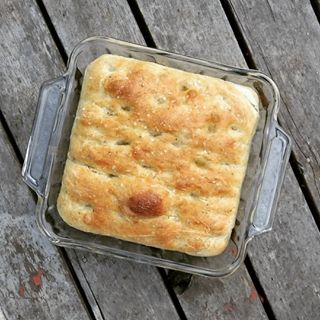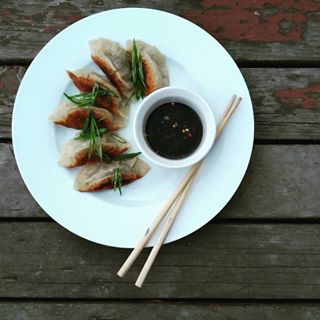
This dish featuring salmon wontons checked a lot of boxes for me. We have a salmon entrée on our menu and we accumulate a lot of trim from cleaning and portioning the fillets. I challenged myself to make a dish that could use up this trim so it doesn’t go to waste. I also wanted to make a dish that used a mousseline, partly because it’s a fantastic classic technique, but also because it is a required element in the CCC practical exam.
Most importantly I wanted to make a dish that would be an example of how to adapt a simple traditional preparation for service as a composed dish in a fine-dining setting. To give a specific example, this … Continue reading.









